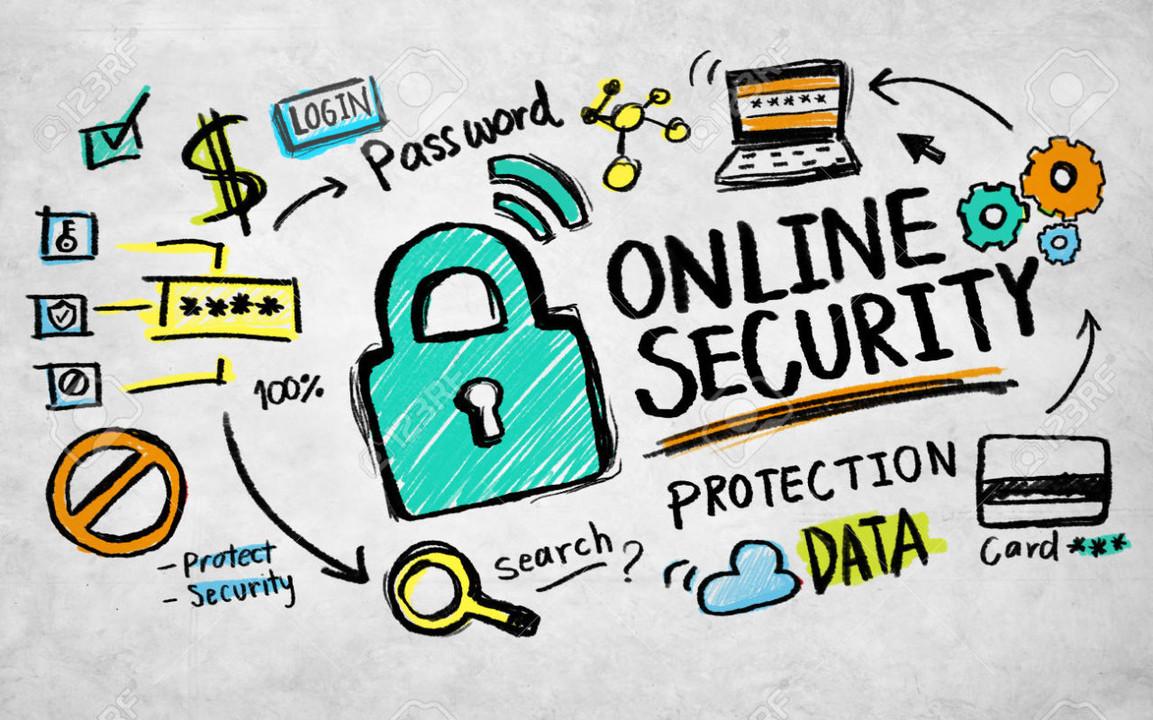
In today’s fast-paced world, where technology advances at an unprecedented rate, our lives have become intricately interwoven with the digital domain. Gadgets have become an inseparable part of our existence, from our smartphones and laptops to smart home devices. While these tech marvels have undoubtedly enriched our lives, they have also exposed us to new risks and vulnerabilities. In this comprehensive guide, we delve into the intricacies of online safety and arm you with the knowledge to navigate the digital landscape securely.
Understanding the Digital Landscape: Navigating Safely in the Tech Era
As technology leaps forward, the risks associated with online activities also grow. Cyber threats, data breaches, identity theft, and privacy invasion have become commonplace. To effectively safeguard yourself, it’s crucial to grasp the nature of these threats and adopt proactive measures. By staying informed and vigilant, you can harness the benefits of technology without falling prey to its pitfalls.
Securing Your Gadgets: Fortifying Your Digital Arsenal
Tech gadgets are the conduits through which we access the digital world. Ensuring their security is paramount. Consider these steps:
Regular Updates: Keep your gadgets’ operating systems, software, and apps up-to-date. Updates often include security patches that shield against emerging threats.
Strong Passwords: Craft intricate passwords using a mix of letters, numbers, and symbols. Employ a password manager to keep track of them securely.
Two-Factor Authentication (2FA): Enable 2FA whenever possible. This additional layer of security significantly reduces the chances of unauthorized access.
Public Wi-Fi Caution: Exercise caution when using public Wi-Fi networks. These networks are often less secure, making you vulnerable to data interception.
App Permissions: Scrutinize app permissions meticulously. Grant only those permissions necessary for the app’s functionality.
Biometric Security: Leverage biometric features like fingerprint or facial recognition for added security.
The Ever-Evolving Cyber Threats: Safeguarding Against Intruders
The digital landscape is teeming with cyber threats seeking to exploit vulnerabilities. Understanding these threats is key to effective defense:
Phishing Attacks: Beware of unsolicited emails, messages, or links. Phishing attempts often lure users into revealing sensitive information. Verify the sender’s authenticity before responding.
Malware Defense: Install reputable antivirus software to detect and eliminate malware threats that can compromise your gadgets.
Social Engineering Awareness: Hackers often manipulate individuals into divulging confidential data. Stay vigilant and refrain from sharing personal information without verifying the request’s legitimacy.
Data Encryption: Utilize encryption tools to scramble your data, rendering it unreadable for unauthorized users.
Championing Your Privacy: Shielding Personal Data from Prying Eyes

Your personal information is a prized asset for cybercriminals. Safeguard your privacy with these strategies:
Social Media Caution: Be mindful of the information you share on social media platforms. Oversharing can provide attackers with valuable insights into your life.
Privacy Settings: Regularly review and adjust the privacy settings on your online accounts. Limit the amount of personal information visible to the public.
Virtual Private Networks (VPNs): VPNs create an encrypted tunnel for your internet traffic, safeguarding your data from eavesdroppers.
Data Minimization: Minimize the collection of personal data by apps and websites. Provide only essential information when prompted.
The Cloud Conundrum: Navigating Cloud Technology Safely
Cloud technology has revolutionized data storage and access, but it comes with its own set of security concerns:
Strong Authentication: Implement robust authentication mechanisms for cloud accounts. Combine passwords with biometric methods whenever possible.
Data Encryption: Opt for services that offer end-to-end encryption for your stored data.
Regular Backups: Regularly back up your data to a secure location. This protects you from data loss due to cyber incidents.
Service Provider Reputation: Choose reputable cloud service providers known for their strong security practices.
Staying Updated: Embracing a Culture of Cyber Awareness
The digital landscape evolves rapidly, and so do cyber threats. Stay informed and maintain a culture of cyber awareness:
Educational Resources: Engage with online resources, webinars, and workshops that offer insights into the latest cyber threats and defense mechanisms.
Security Training: Encourage security training for yourself and your family members. Learn to identify potential threats and respond effectively.
Regular Audits: Conduct periodic security audits of your gadgets, accounts, and online activities to identify and rectify vulnerabilities.
Final Thoughts
In the digital age, staying safe online is not a luxury but a necessity. By adopting a proactive approach to online safety, fortifying your gadgets, understanding cyber threats, protecting your privacy, and embracing cyber awareness, you can navigate the digital realm with confidence and tranquility.
Commonly Asked Questions
1. What’s the most secure way to create and manage passwords?
Creating strong, unique passwords and using a password manager can effectively manage and secure your login credentials.
2. How can I spot a phishing email?
Phishing emails often exhibit poor grammar, ask for sensitive information, and contain suspicious links. Always verify the sender’s authenticity before taking any action.
3. Is public Wi-Fi safe to use?
Public Wi-Fi networks are less secure. If you need to use them, consider employing a VPN to encrypt your internet connection.
4. How often should I update my gadgets and software?
Frequent updates are crucial. Set your gadgets and software to update automatically whenever possible to stay protected against the latest threats.
5. What steps can I take if my personal data gets compromised?
Immediately change passwords for affected accounts, enable 2FA, and monitor your accounts for any suspicious activity. Inform your bank and credit card companies if financial data is compromised.












